Exploring Different Types of Cane: Rattan, Wicker, and More
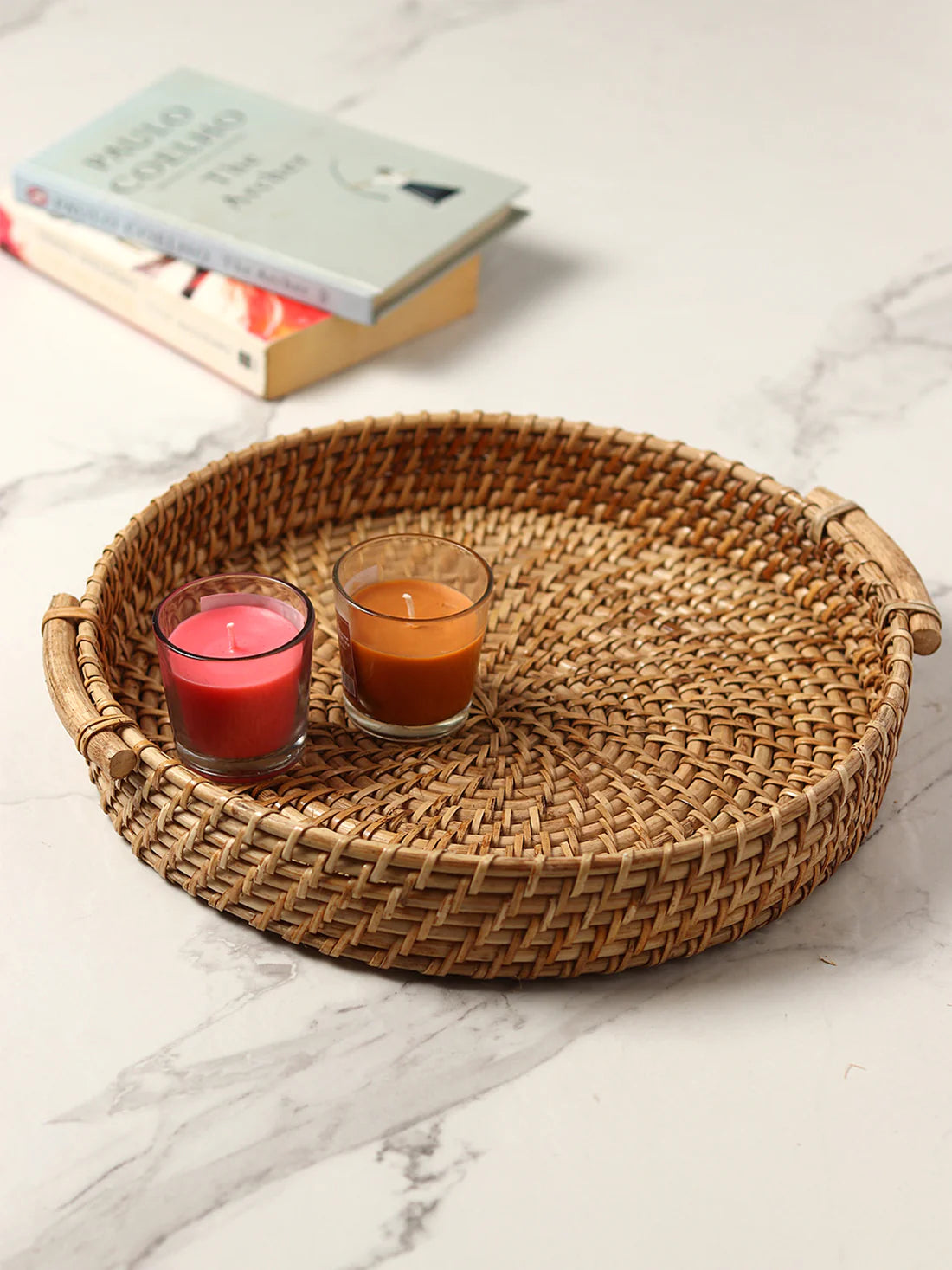
In the world of furniture and decor, the use of natural materials has gained immense popularity. Among the diverse options available, cane stands out as a timeless choice that seamlessly blends aesthetics with functionality. In this blog, we'll embark on a journey to explore various types of cane, with a special focus on rattan and wicker, uncovering the unique characteristics and artistic appeal of each.
1. Rattan: The Versatile Vine
Rattan, derived from the Malay word 'rotan,' is a climbing palm known for its flexibility and durability. The outer skin is peeled away, leaving behind the slender, sturdy core that is used in furniture making. Rattan furniture has a distinct, natural charm, often associated with tropical and bohemian aesthetics. Its versatility allows for intricate weaving patterns, making it an excellent choice for both indoor and outdoor settings.
2. Wicker: The Weaving Wonder
Often used interchangeably with rattan, wicker refers to the weaving technique rather than the material itself. Wicker can be crafted from various natural materials, including rattan, willow, bamboo, and reed. The weaving process involves intertwining these materials to create a sturdy yet flexible structure. Wicker furniture exudes a classic charm, with intricate patterns and a light, airy feel that suits a range of design styles.
3. Bamboo: Sustainable Elegance
While not technically a type of cane, bamboo shares similar characteristics and is often associated with rattan and wicker. Known for its sustainability and rapid growth, bamboo is an eco-friendly alternative. Bamboo furniture showcases a sleek, modern aesthetic, with its straight lines and light color. It is particularly popular for outdoor settings due to its resistance to the elements.
4. Reed: Nature's Elegance
Reed, a tall, slender grass-like plant, is another material used in cane furniture. Its fine, smooth texture lends itself well to intricate weaving, creating delicate and graceful patterns. Reed furniture often boasts a light and airy quality, making it a perfect choice for smaller spaces or rooms with a need for visual openness.
5. Seagrass: Coastal Comfort
Derived from underwater grasses, seagrass is a robust and eco-friendly option for cane furniture. Its natural tones and texture evoke a coastal, beachy ambiance. Seagrass furniture often features chunky weaves, adding a touch of rustic charm. Its durability and resistance to moisture make it suitable for both indoor and covered outdoor spaces.
As we conclude our exploration of different types of cane, it becomes evident that each material brings its own unique qualities to the world of furniture and decor. Rattan, wicker, bamboo, reed, and seagrass all contribute to the rich tapestry of natural artistry, offering a wide range of styles to suit diverse preferences. Whether you're drawn to the tropical allure of rattan, the classic elegance of wicker, or the sustainable charm of bamboo, the world of cane furniture invites you to embrace the beauty of nature in your living spaces.
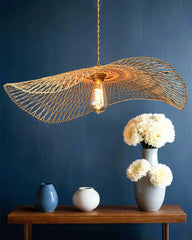

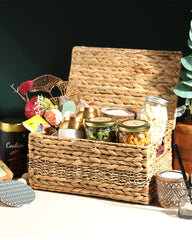
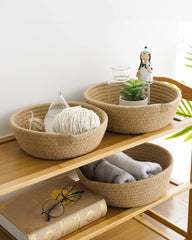
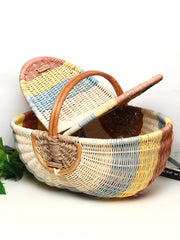
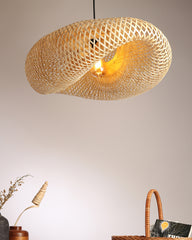


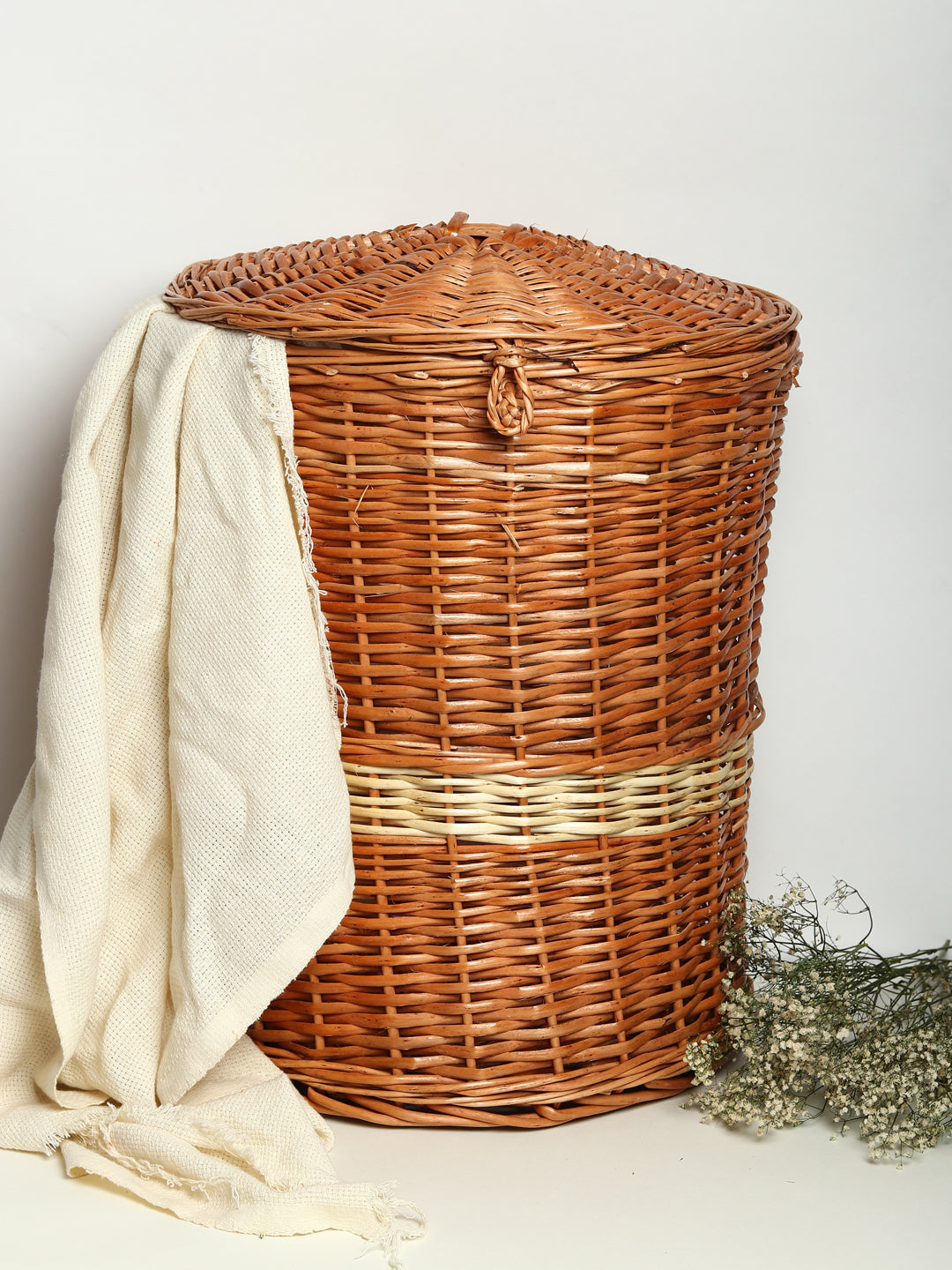
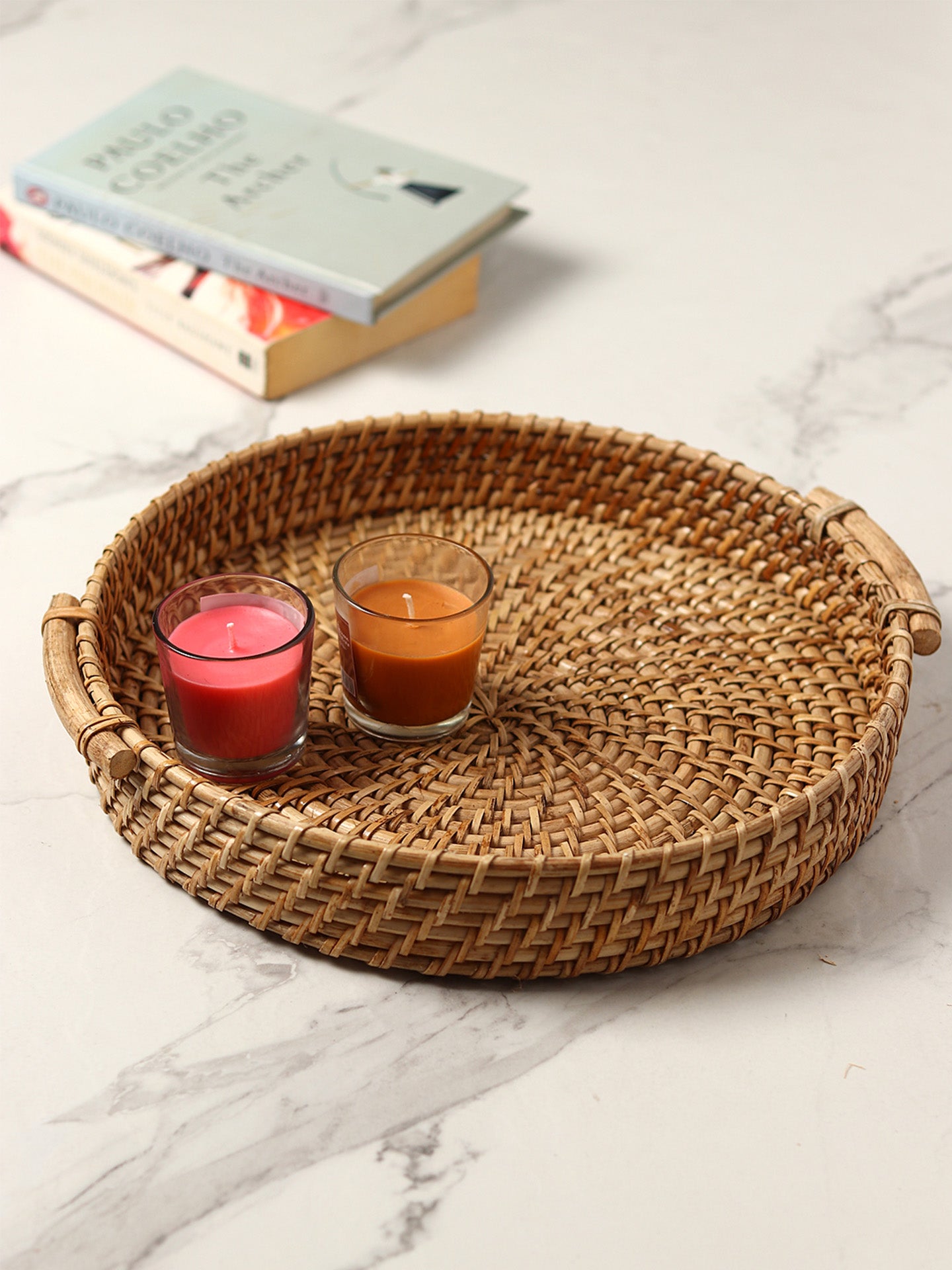
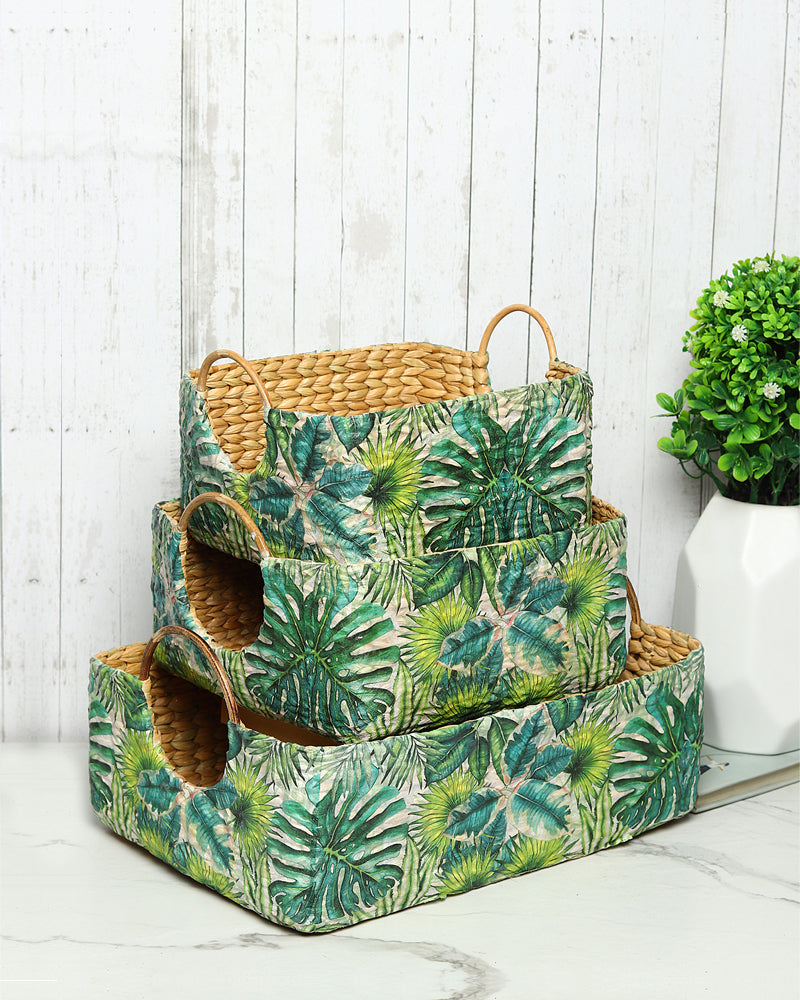







Leave a comment
All comments are moderated before being published.
This site is protected by reCAPTCHA and the Google Privacy Policy and Terms of Service apply.